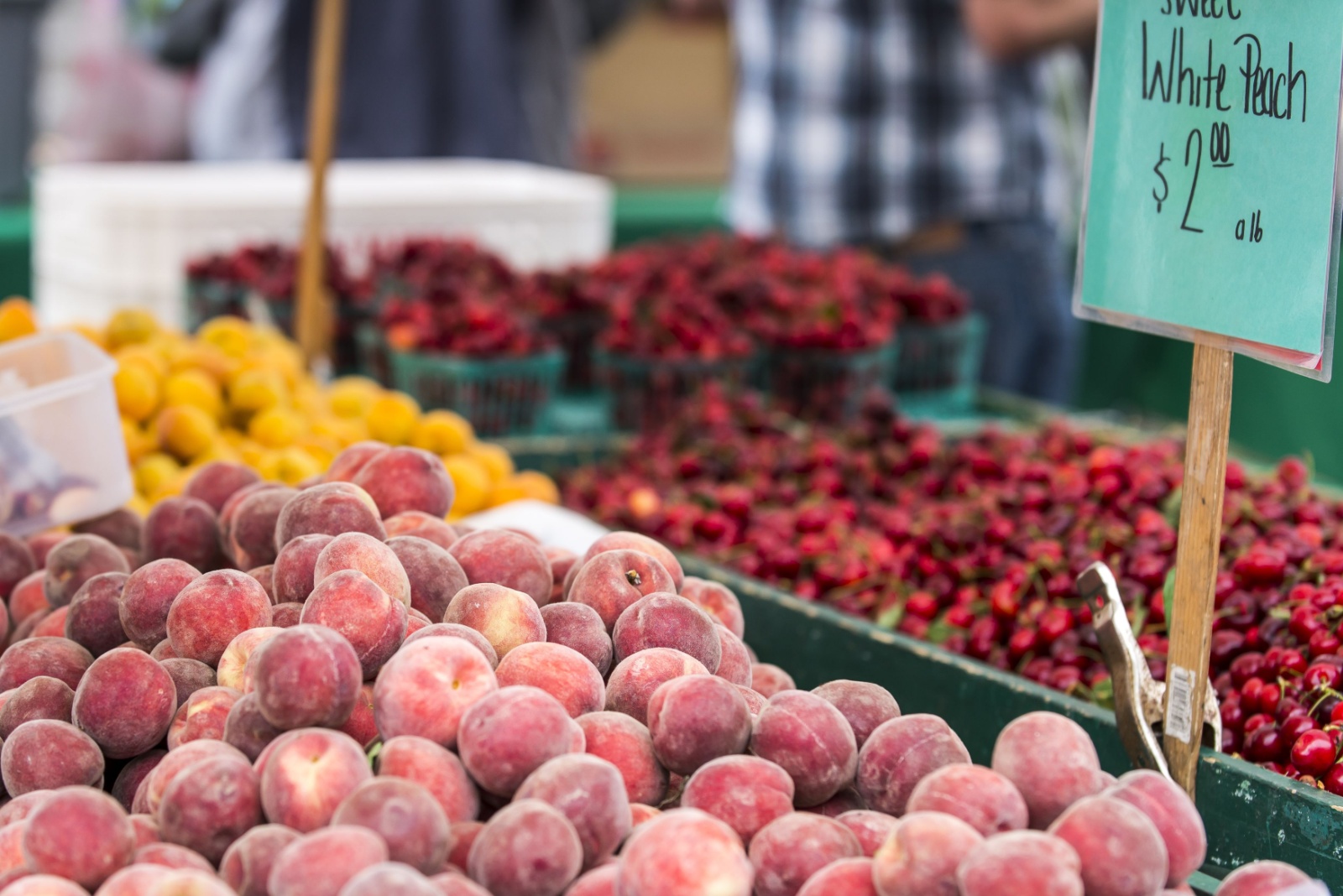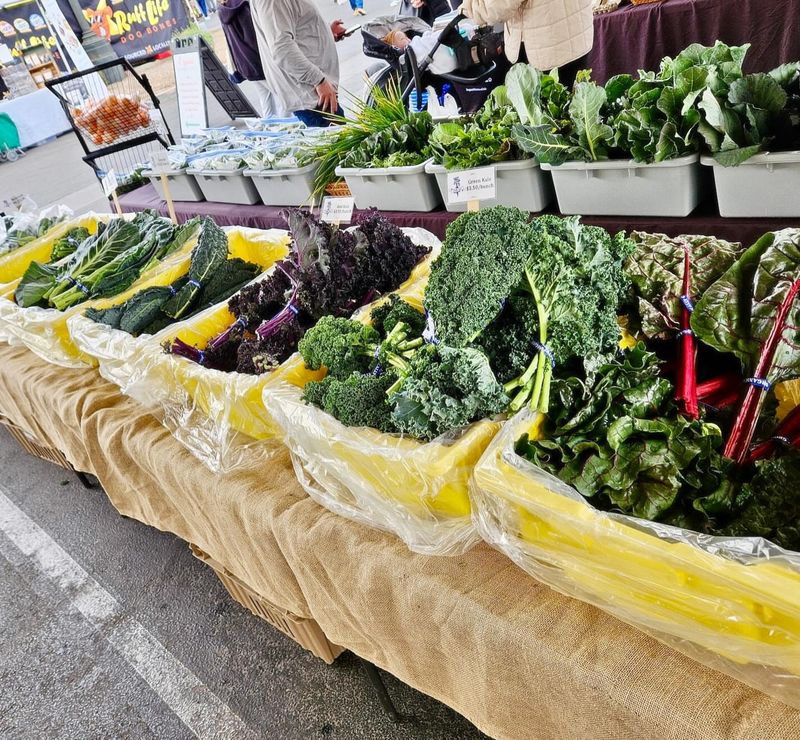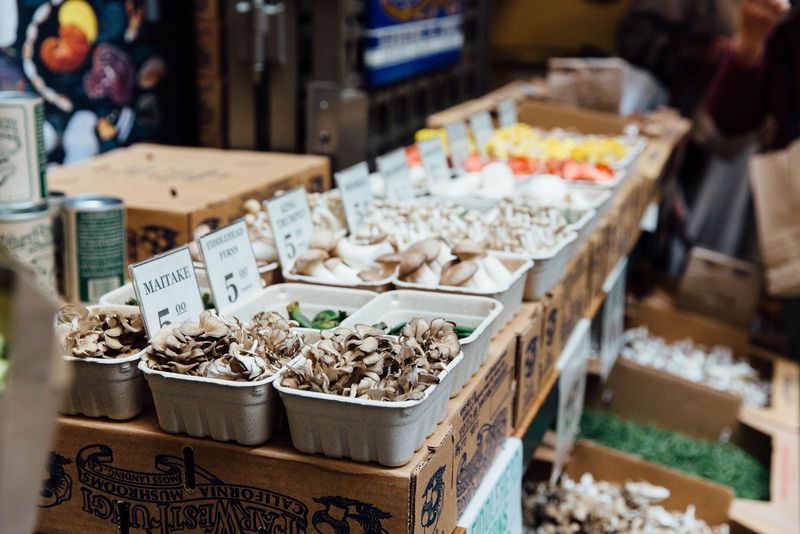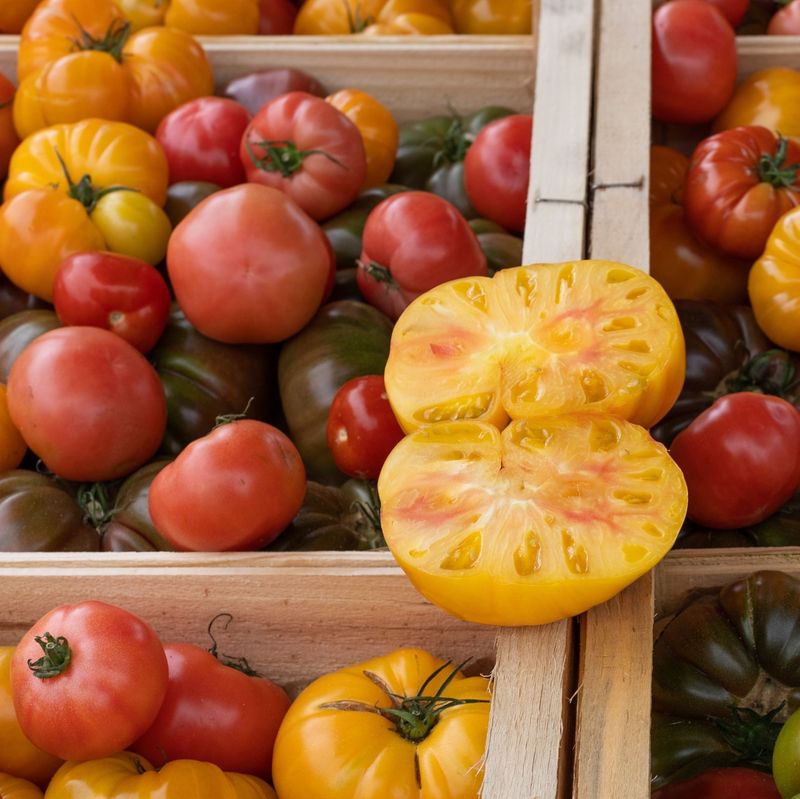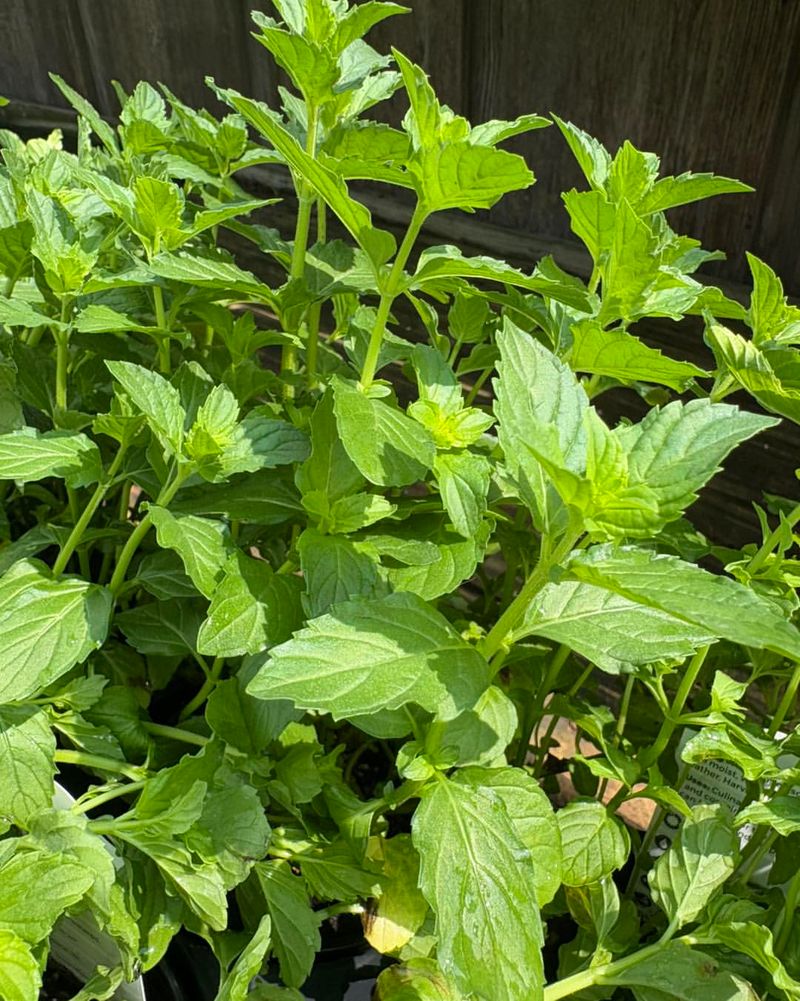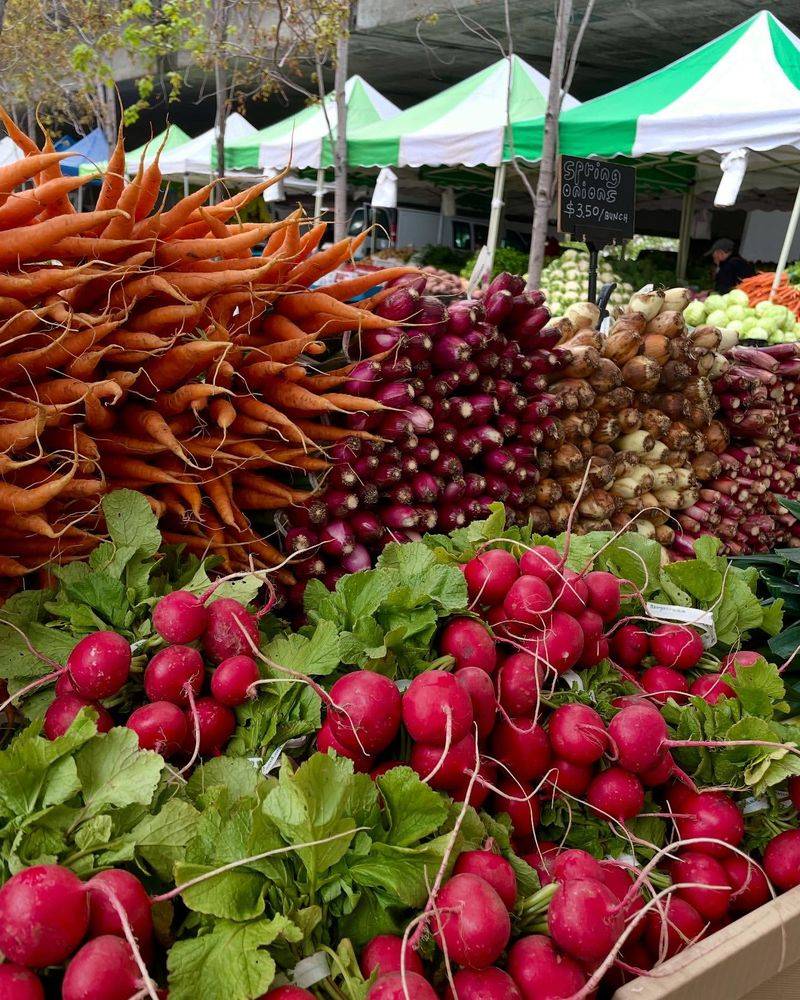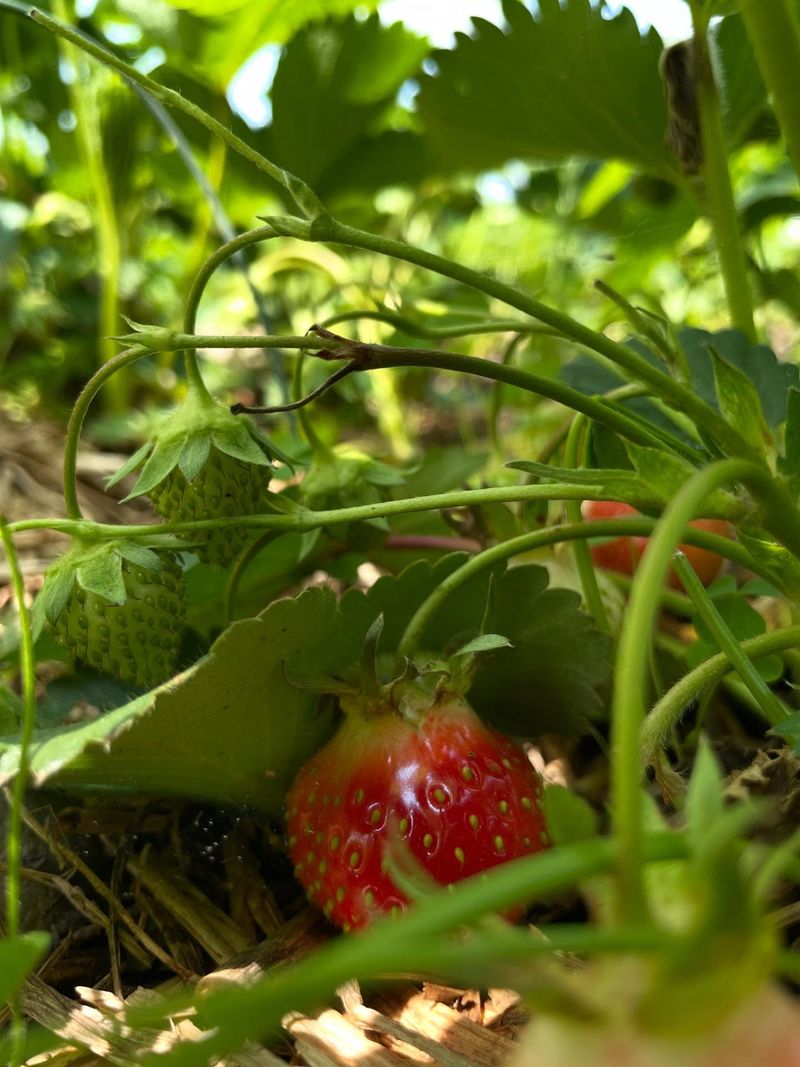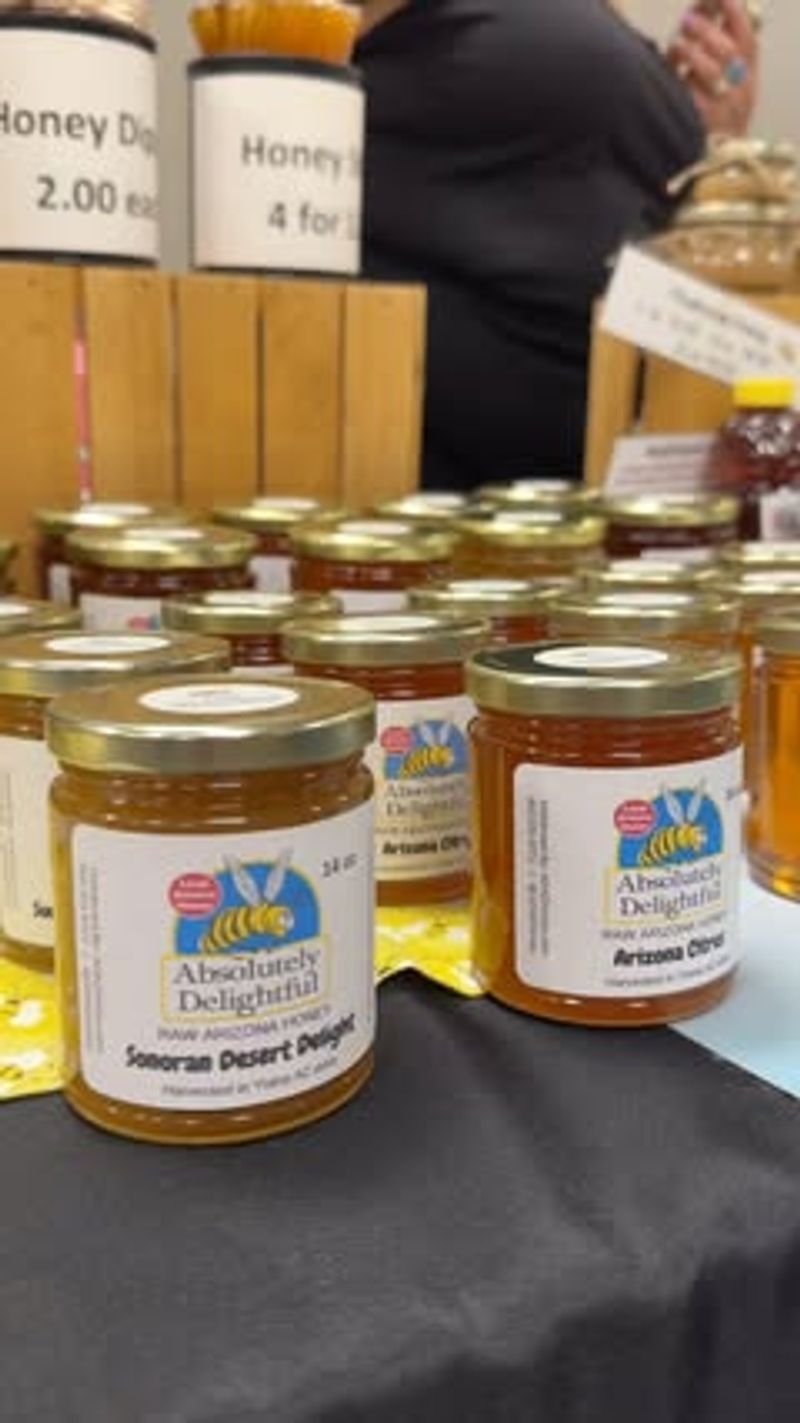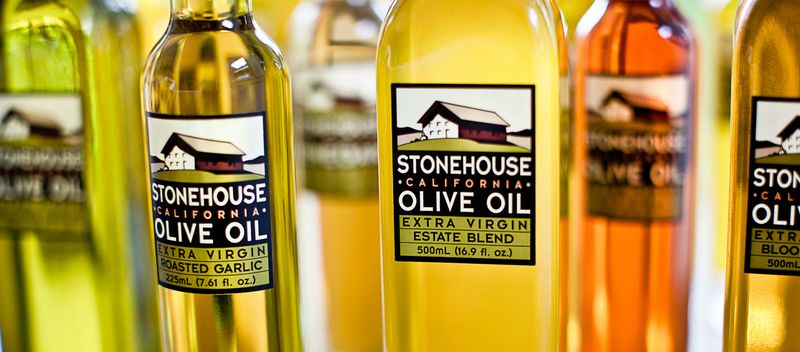San Francisco’s Ferry Plaza Farmers Market stands as a culinary treasure trove where food lovers gather every week to discover the finest organic produce. Located along the Embarcadero, this market connects urban dwellers directly with California’s agricultural bounty and artisanal food creators.
For me, walking through the market on Saturday mornings feels like stepping into a food encyclopedia come to life. Local farmers proudly display their harvests while small-batch producers offer specialties you simply can’t find in regular grocery stores.
The market serves as both a shopping destination and a learning experience about sustainable food systems. Each vendor has a story to tell about their growing practices, and many are happy to share cooking tips that highlight their products’ natural flavors.
1. Seasonal Leafy Greens From Local Growers
Morning dew still clings to the edges when these greens arrive at Ferry Plaza. Farmers from just outside the city bring varieties you won’t find in supermarkets—from spicy mustard greens to delicate pea shoots.
The selection changes with California’s growing seasons. Spring brings tender baby lettuces, while fall showcases heartier kales and chards that stand up to cooler temperatures.
Many shoppers develop relationships with particular growers, returning weekly to their stalls. The farmers often remember regulars, sometimes setting aside special bundles or offering advice on preparing the week’s harvest.
2. Artisan Mushrooms With Culinary Appeal
Far West Fungi’s stall draws crowds with its stunning array of cultivated and wild-foraged mushrooms. Small wooden crates display everything from familiar creminis to exotic lion’s mane varieties.
The family behind this operation has specialized in fungi for generations. Their knowledge runs deep, and they’re always ready with cooking suggestions that bring out each variety’s unique characteristics.
Chefs from San Francisco’s top restaurants often arrive early to secure the most coveted specimens. Home cooks follow their lead, learning to appreciate how these earthy treasures transform even simple dishes into gourmet experiences.
3. Heirloom Tomatoes Showcasing California Soil
Summer brings a riot of color to the tomato displays at Ferry Plaza. Farmers proudly arrange their heirlooms by variety—Cherokee Purples with their deep, smoky flavor sit alongside sunny Yellow Brandywines and striped Green Zebras.
Each type carries its own story and seed lineage. Some varieties have been preserved for generations, saved from extinction by dedicated growers committed to biodiversity over commercial uniformity.
The taste difference between these sun-ripened treasures and standard supermarket offerings is remarkable. Market regulars plan entire meals around these seasonal gems, knowing their peak season lasts just a few precious months.
4. Fresh Herbs Bringing Garden Aromas Downtown
The scent hits you first—that unmistakable perfume of freshly harvested herbs still vibrating with life energy. Small urban farms bring their herb harvests to Ferry Plaza, bundled with simple twine or rubber bands.
Beyond the common varieties, you’ll discover lemon verbena, chocolate mint, and purple basil. These aromatic treasures arrive with roots intact or freshly snipped, often harvested just hours before the market opens.
I always pause to chat with the herb growers, who generously share unexpected ways to use their products. Last week, a farmer suggested adding lavender to my homemade bread—a simple addition that transformed a basic loaf into something special.
5. Orchard Citrus Arriving At The Market
California’s famous citrus makes a spectacular showing at Ferry Plaza during winter months. Beyond everyday lemons and oranges, farmers bring rare varieties like finger limes—tiny elongated fruits with caviar-like pulp that pops in your mouth.
The citrus farmers often offer samples, cutting segments right at their stalls. This direct experience helps market-goers discover new favorites and understand the difference between commercially grown and orchard-ripened fruit.
Many of these growers practice dry-farming techniques that produce smaller fruits with intensified flavors. The resulting citrus may not look perfect by supermarket standards, but the concentrated taste makes converts of everyone who tries them.
6. Root Vegetables With Farm-To-Table Character
Earth-crusted treasures fill wooden crates at several Ferry Plaza stalls. Unlike the waxed, uniform roots found in grocery chains, these carrots, beets, and turnips come in fascinating shapes and heritage varieties.
Farmers take pride in explaining how their sustainable growing practices affect flavor. Many point out that their vegetables develop deeper taste profiles because they grow more slowly and struggle a bit—just as wine grapes produce more complex wines when slightly stressed.
The dirt clinging to these roots serves as proof of their recent harvest. Market regulars know to look for this authentic touch, understanding that truly fresh root vegetables haven’t been washed, polished, and stored for weeks before sale.
7. Flower Bouquets Offering A Garden Connection
Buckets of color transform certain corners of Ferry Plaza into impromptu flower gardens. Local flower farmers bring seasonal blooms grown without toxic chemicals—something increasingly rare in the commercial flower industry.
The bouquets change dramatically with the seasons. Spring brings ranunculus and tulips, summer showcases dahlias and sunflowers, while fall offers chrysanthemums and unique seed pods that add texture to arrangements.
Many flower vendors at the market practice sustainable growing methods that support beneficial insects and pollinators. Their blooms may not last as long as chemically-treated commercial flowers, but they bring authentic garden beauty and fragrance into urban homes.
8. Berries That Mark The Changing Seasons
Nothing announces California’s growing seasons quite like the progression of berries at Ferry Plaza. The first strawberries arrive in spring, small and intensely flavored, nothing like their mass-produced counterparts.
Summer brings blueberries, blackberries, and raspberries that stain fingers purple-red. These delicate fruits travel just a short distance to market, allowing them to ripen fully on the plant rather than in transit.
The berry farmers often develop their own special varieties through careful selection. One grower at Ferry Plaza specializes in Alpine strawberries—tiny, aromatic fruits that taste like concentrated strawberry essence with hints of pineapple.
9. Organic Honey And Plant-Based Market Goods
Local beekeepers bring jars of liquid gold to Ferry Plaza, each batch reflecting the unique flowering plants their bees visited. Some offer single-source varieties like eucalyptus or star thistle honey, each with distinct color and flavor profiles.
These honey producers often maintain observation hives at their market stalls. Visitors can watch the fascinating social structure of the colony while learning about the crucial role these pollinators play in our food system.
Beyond the honey itself, the market features honey-derived products like hand-crafted beeswax candles, propolis tinctures, and honey-infused body care items. Each purchase supports sustainable beekeeping practices in the region.
10. Specialty Olive Oils With Garden Origins
California’s Mediterranean climate produces exceptional olive oils, showcased by several Ferry Plaza vendors who grow, press, and bottle their own liquid treasures. Small plastic cups allow visitors to sample before buying, revealing flavors from buttery-mild to peppery-robust.
The harvest date stamps on these bottles matter tremendously. Unlike wine, olive oil doesn’t improve with age—freshness is paramount for both flavor and nutritional benefits.
Many of these producers practice organic methods in their olive groves, avoiding pesticides that might compromise the delicate fruit. Their dedication results in oils that transform simple dishes, proving that quality ingredients need minimal preparation to shine.

